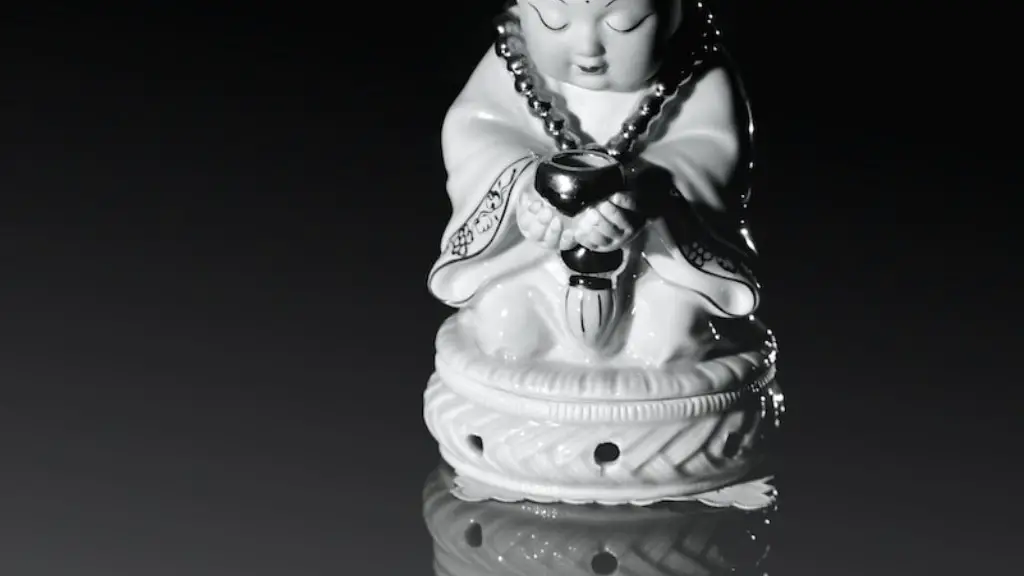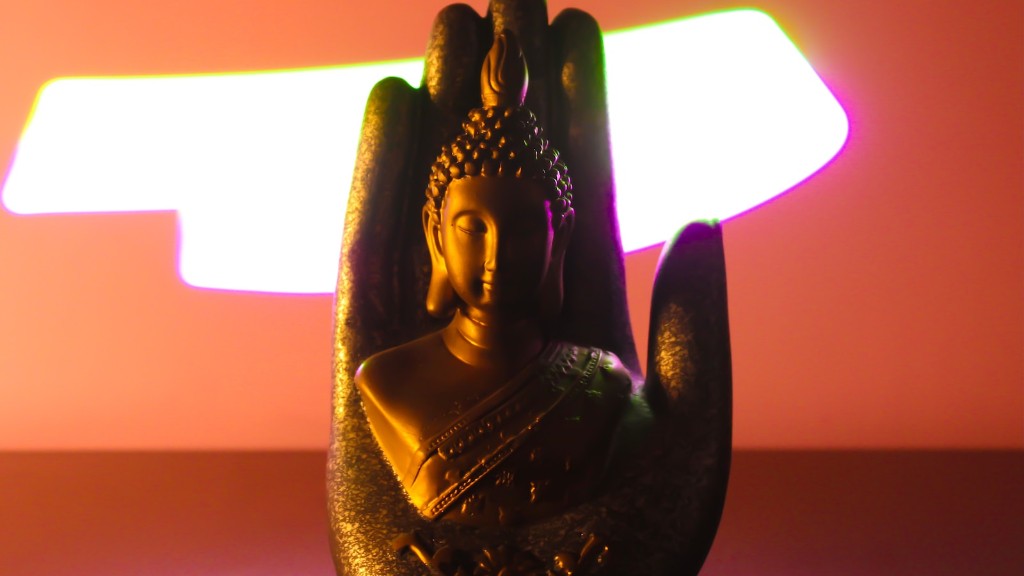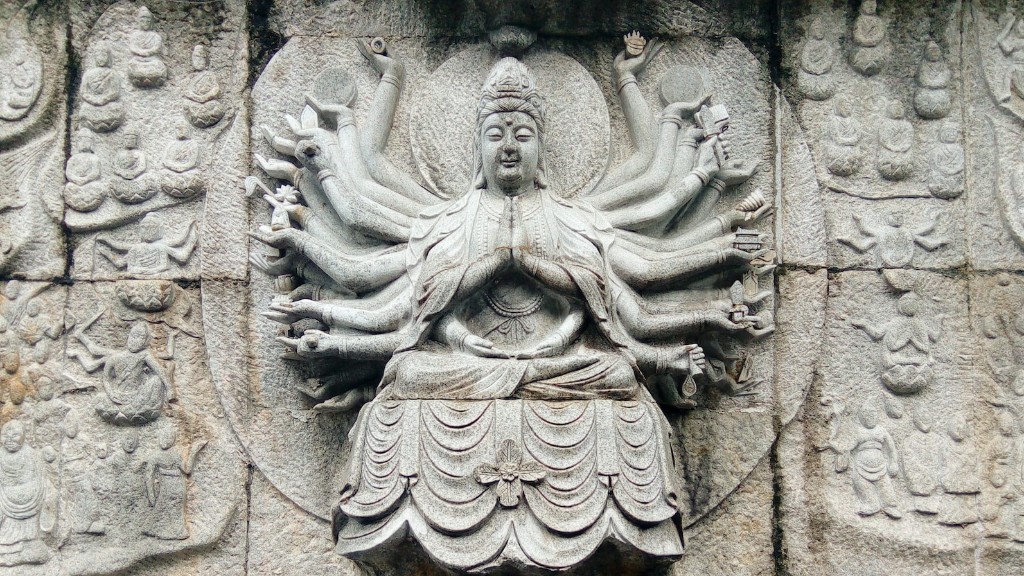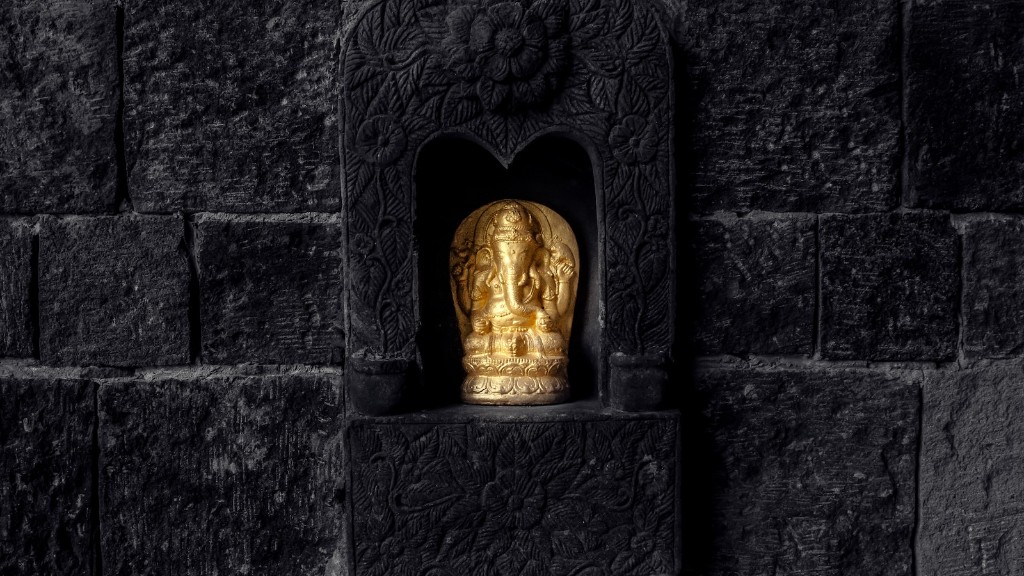Inner peace is something that we all seek in our lives. It is a state of mind where we are free from all worries and fears. We are content with what we have and we are at peace with ourselves and the world around us. There are many different ways to achieve inner peace, but one of the most effective methods is through Buddhism.
Buddhism is a religion and philosophy that originated in India. It teaches that the way to end suffering is to let go of all attachments and desires. When we are attached to things, we suffer when we lose them. If we can let go of our attachments, we will be free from suffering.
The path to inner peace is not an easy one, but it is definitely worth it. If you are seeking inner peace, Buddhism may be the right path for you.
Inner peace is a state of being mentally and spiritually at ease, with enough knowledge and understanding to keep oneself content, even in the face of adversity. Buddhism teaches that the way to achieve inner peace is through the practice of mindfulness, which is the ability to be aware of and accept one’s thoughts, feelings, and sensations in the present moment without judgment.
How do I find my inner peace?
There are many things you can do to find more inner peace. Meditation is a great way to achieve mental silence and stillness. You can also take a break from social media and disconnect from the constant stimulation of the outside world. Practice breathwork and be kind to yourself and those around you. Spend time in nature, laugh as much as possible, and express yourself freely. By practicing mindfulness on a daily basis, you will develop a greater sense of inner peace and well-being.
Buddhism uses meditation as one of its strategies to achieve goals. A peaceful mind is better equipped to let go of and forgive hurtful memories. Buddhist teachings on how to be calm like a monk include mindfulness and meditation.
How to overcome suffering in Buddhism
The Fourth Noble Truth is the path to the end of suffering. The Noble Eightfold Path is the way to achieve this. The steps of the Noble Eightfold Path are Right Understanding, Right Thought, Right Speech, Right Action, Right Livelihood, Right Effort, Right Mindfulness and Right Concentration.
Detachment is a powerful way to cope with the ups and downs of life. It allows us to accept what is, without judgement, and to enjoy life without attachment to the outcomes. This doesn’t mean that we don’t care about what happens, but rather that we don’t get caught up in the drama of it all. When things don’t go our way, we can still find peace and contentment.
What gives a person an inner peace?
If you’re looking for ways to find peace and happiness, there are a few things you can try. Yoga, meditation, and mindfulness are all great options that can help you on your journey. You can also try listening to a guided meditation on a podcast, or reading a book on meditation. Whatever you choose, make sure you’re dedicated to it and practice for at least 40-45 minutes each day.
Inner peace is a state of being that can be cultivated through various spiritual practices. It is an experience of knowing oneself and is often referred to as enlightenment. Inner peace is a state of consciousness that can be achieved through training, such as breathing exercises, prayer, meditation, tai chi, or yoga.
How does Buddhist calm their minds and focus?
There are various schools of Buddhism that offer different approaches to meditation. In the Tibetan tradition, for example, meditators might use a mantra as a means of focusing the mind and embodying the truth of Buddhist teachings. Other schools might place emphasis on different meditation practices, such as mindfulness or compassion. Ultimately, the goal of meditation is to achieve a state of mental clarity and peace.
The Dalai Lama’s words ring true – only through having compassion and inner peace can we hope to spread peace in the world. It all starts with the individual. If we can find peace within ourselves, we can then extend that outwards to our families and communities. From there, the hope is that it will ripple outwards and make a positive impact on the world.
What does Buddha say about peace
Healing can come from within when we are at peace with ourselves. Buddha taught that we can only find true peace by getting rid of all hatred, anger, and craving. When we let go of these negative emotions, we open ourselves up to feelings of compassion, kindness, and love. By cultivating these positive states of mind, we create a peaceful and harmonious world within ourselves and with those around us.
The Three Poisons are the root causes of suffering. Greed, ignorance and hatred lead to craving, attachment and aversion. These three mental states are the cause of all our problems.
The Three Poisons can be overcome by developing the opposite virtues of generosity, wisdom and love. By letting go of our attachment to things, we can become free from suffering. By understanding the true nature of reality, we can see that things are not permanent and that everything is interconnected. And by loving ourselves and others, we can let go of our hatred and find true happiness.
How do Buddhists treat depression?
Mindfulness meditation is a form of mindfulness that is widely practiced in Buddhism. The goal of mindfulness meditation is to focus on the present moment and be aware of thoughts and feelings as they arise, without judgment.
For people suffering from depression and anxiety, mindfulness meditation can be a helpful tool to manage thoughts and feelings. Studies have shown that mindfulness meditation can help to reduce rumination, a common symptom of depression. Additionally, mindfulness meditation can help to reduce anxiety and improve sleep quality.
If you are interested in trying mindfulness meditation, there are many resources available online and in books. It is important to find a teacher or resources that you feel comfortable with, as mindfulness meditation can be challenging at first. With regular practise, mindfulness meditation can be a helpful tool to manage depression and anxiety.
The Sati patanasutra is a Buddhist scripture that deals with the topic of mindfulness. In it, the Buddha taught that there are two key things to be mindful of: your body and your mind. He said that by being mindful of these two things, you can achieve a state of sati, or mindfulness. The Sati patanasutra is an important scripture for Buddhists, as it provides them with guidance on how to live a mindful life.
How does inner peace feel like
Inner peace is a state of being where you feel calm, content, and happy all the time. You know that your mind, body, and spirit are in harmony and you have no worries or distractions to take your attention away from you and your situation. You can find this inner peace even in the most difficult situations.
Om shanti shanti shanti is a mantra that can help you to center and focus your mind, body and spirit. Repeating the word “shanti” three times symbolizes mind, body and spirit. This mantra can help you to find peace and balance in your life.
How do you find inner peace during troubled times?
1. Learn to trust yourself: The first step to finding peace of mind is to trust yourself. You know yourself better than anyone else, so trust your instincts and go with your gut.
2. Focus on what you’re learning: Try to focus on the positive aspects of whatever situation you’re in. What can you learn from this situation? How can you grow from this experience?
3. Ease your expectations: Don’t put too much pressure on yourself or others. Things rarely go according to plan, so go with the flow and be flexible.
4. Open up to someone you trust: Sometimes it helps to talk to someone who understands and can offer helpful advice. Choose someone you trust and feel comfortable talking to.
5. Use hope to drive positive action: Hope is a powerful force. Use it to motivate yourself to take positive action, even in the face of adversity.
6. Move TOWARDS something instead of AWAY: When you’re feeling lost, it’s easy to focus on what you’re running away from. But instead, try to focus on what you’re moving towards. What are your goals? What do you want to achieve?
7. Take a few steps back: Sometimes
Inner peace is something we all strive for. It can be hard to find, but there are certain things we can do to help cultivate it.
One way to find inner peace is to spend time in nature. There is something about being in the presence of nature that can be very calming and soothing. If you can, take some time each day to go for a walk in the park, or sit outside and enjoy the fresh air.
Another way to cultivate inner peace is through meditation. Meditation can help to quiet the mind and bring a sense of stillness and peace. There are many different meditation techniques, so find one that works for you and that you can stick with.
Finally, practicing gratitude can also help to cultivate inner peace. When we take the time to be thankful for the good things in our lives, it can help to shift our focus away from the negative. Try to take a few moments each day to think about things you’re grateful for.
Final Words
Inner peace can be found through the practice of Buddhism by studying the teachings of the Buddha, meditating, and living in a compassionate and respectful way. By following the Buddha’s path, we can find calm and contentment within ourselves, and eventually reach a state of Nirvana.
In conclusion, finding inner peace through Buddhism requires study and practice. However, it is possible to find inner peace and contentment by following the Buddha’s teachings. In order to find inner peace through Buddhism, one must be willing to let go of attachments and desires. Additionally, one must be mindful of their thoughts and actions. By following these practices, it is possible to find the inner peace that the Buddha attained.




